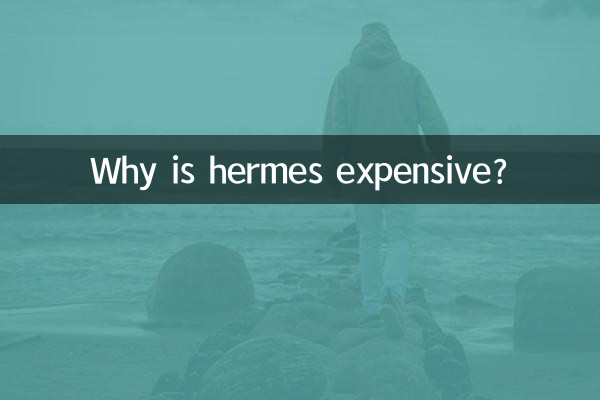Why is Hermès expensive? Revealing the value logic behind luxury brands
In the past 10 days, discussions about luxury goods have once again become a hot topic, especially the price and scarcity of Hermès, which has caused widespread controversy. As a benchmark in the luxury goods industry, Hermès bags often cost hundreds of thousands of yuan, and even require distribution before you can buy them. Why is Hermès so expensive? This article will use structured data to analyze it for you from the four dimensions of brand history, process cost, scarcity and market demand.
1. Brand history and cultural accumulation

Hermès was founded in 1837 and initially started out by making high-end harnesses. The brand's history of nearly 200 years has given it irreplaceable cultural value. The following is a comparison of the establishment time of Hermès and other luxury brands:
| brand | Year of establishment | initial domain |
|---|---|---|
| Hermès | 1837 | harness |
| Louis Vuitton | 1854 | suitcase |
| Chanel | 1910 | millinery |
2. Manual craftsmanship and time cost
Hermès' core products are still handcrafted by craftsmen today. Taking the classic Birkin bag as an example, a single bag requires craftsmen at least 48 hours of work, and some rare leather models even require more than 100 hours. The following is a comparison of the craftsmanship between Hermès and other brands:
| brand | Single package hours | machine engagement |
|---|---|---|
| Hermès | 48-100 hours | less than 5% |
| Louis Vuitton | 10-15 hours | about 30% |
| Gucci | 8-12 hours | about 40% |
3. Artificial scarcity strategy
Hermès strictly controls production. In 2022, global Birkin bag production will only be about 12,000, and the waiting list exceeds 500,000 people. This scarcity directly drives up secondary market prices:
| shape | Official selling price (10,000 yuan) | secondary market premium |
|---|---|---|
| Birkin 25 cowhide | 8-12 | 200%-300% |
| Kelly 25 crocodile leather | 30-50 | 500%-800% |
4. Market demand and psychological value
According to the latest luxury goods consumption report, the three major motivations of Chinese consumers for purchasing Hermès are: status symbol (68%), investment preservation (45%) and social needs (39%). It is worth noting that the resale depreciation rate of Hermès bags is only 8%, which is far lower than the average 35% of other luxury brands.
Conclusion:
The high price of Hermès is the result of the combination of historical heritage, craftsmanship value, scarcity strategy and market demand. In the luxury goods industry, price has long transcended the product itself and become part of the brand narrative. As netizens recently discussed: "Buying Hermès is not consumption, but participation in a status game that lasts for a hundred years." This unique value logic may be the core competitiveness of luxury brands.

check the details

check the details